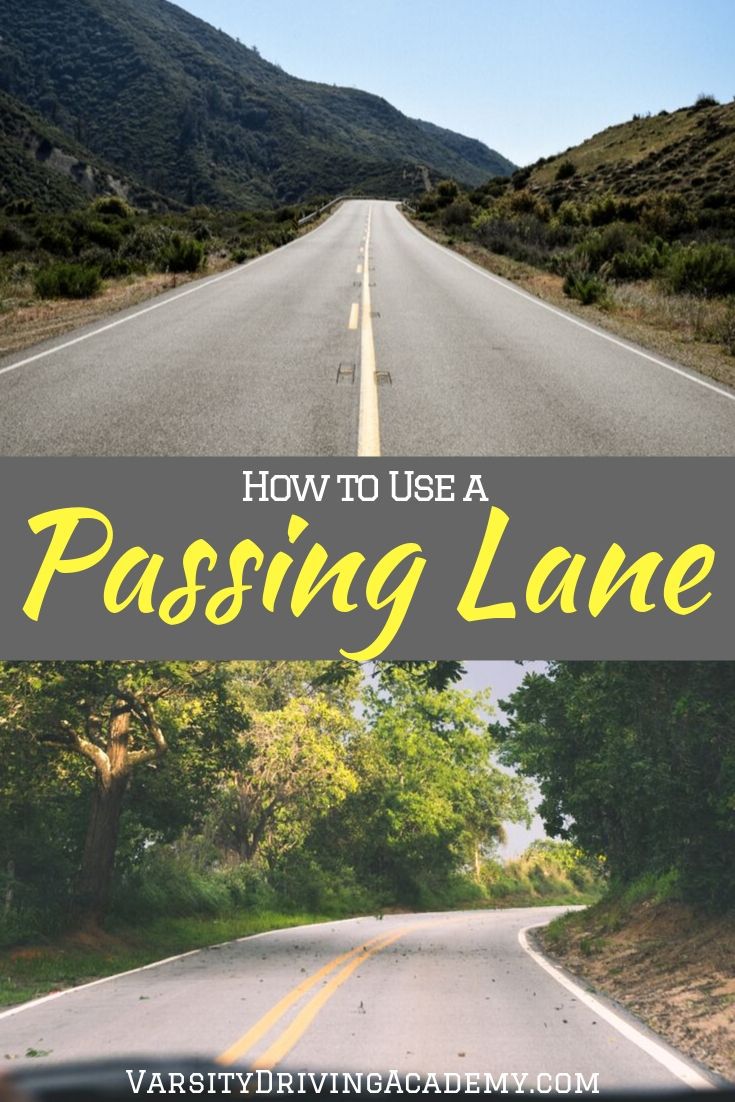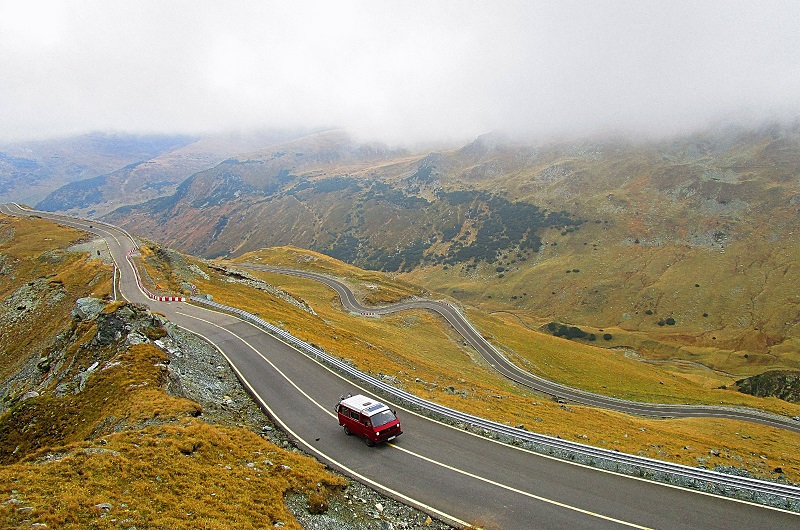How to Use a Passing Lane
What is a passing lane? In most states, a passing lane is simply the left lane on a highway. But there are laws in California for passing slower vehicles. Take a two-lane highway for example. The lane on the left has traffic moving toward you, you may cross into that lane to pass a vehicle only if the line in the middle is a dotted yellow line. But knowing how to use a passing lane is more than just knowing the line laws in your state. In fact, simply passing a vehicle in these situations can be very dangerous.
How to Use a Passing Lane
Passing lanes can be dangerous, especially if you don’t know how to use a passing lane in a safe way without putting yourself or others at risk. Most states have a keep right law which designates the left lane as a passing lane only. What that means is that you can only be in the left lane if you’re passing a slower vehicle in front of you and moving in the same direction. However, people in California call the left lane on a freeway the “fast lane”. That is because California doesn’t have a keep right law as of writing this. Instead, the left lane is used for vehicles moving faster than the rate of traffic or carpools. So if California doesn’t have a passing lane, why would you need to know how to use a passing lane?
California Passing Lanes
California doesn’t designate every left lane to be a passing lane only. But there are instances when there is a passing lane. Two-lane highways are highways that have one lane with traffic moving in one direction and the other lane moves in the opposite direction. You can only cross into the other lane to pass a vehicle if the dotted yellow line is on your side. If there is no solid yellow line and only a dotted yellow line then both lanes can use the other lane as a passing lane. The question is, how do you use a passing lane safely when that passing lane is actually a traffic lane in the opposite direction?
How to Use a Passing Lane
It is important for you to make sure there are no obstacles that could put you or others in danger. For example, you don’t want to use the passing lane if the road ahead curves in either direction. That curve can obstruct your view and put you and others in danger. But the environment isn’t the only danger that you will need to focus on when using a passing lane. You will also want to make sure there are no oncoming vehicles for at least 200 feet. You can do this by simply moving your car to the left as far as possible without exiting your lane.
The goal isn’t to get into the other lane, instead, you are just going to the left until you can see that the lane is clear. Lastly, you will want to use this time to look ahead of the car in front of you to make sure your lane is clear as well. Once you have safely determined the coast is clear, signal, and then make the move. Now that you’re passing the slower car you need to make sure you are not speeding. Using your signal, let the car you’re passing know you intend to come back into the lane.







One Comment